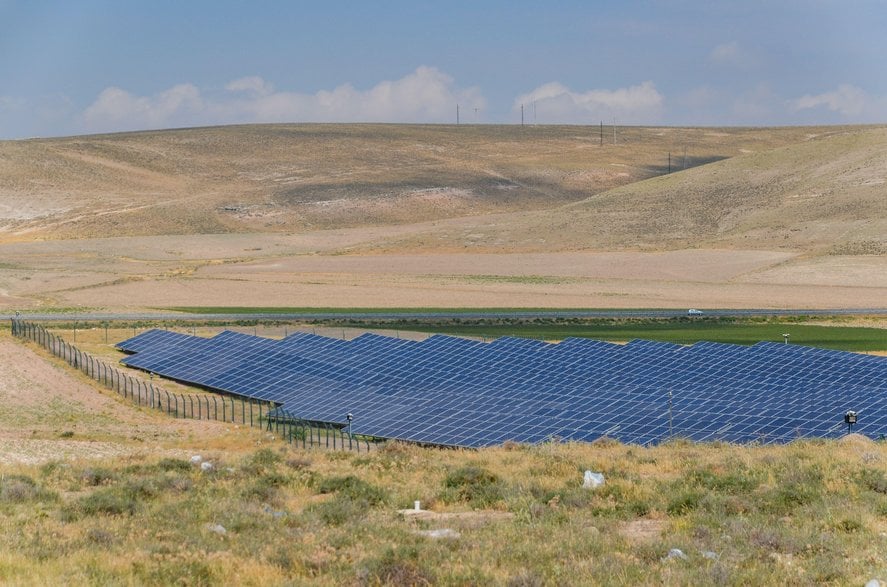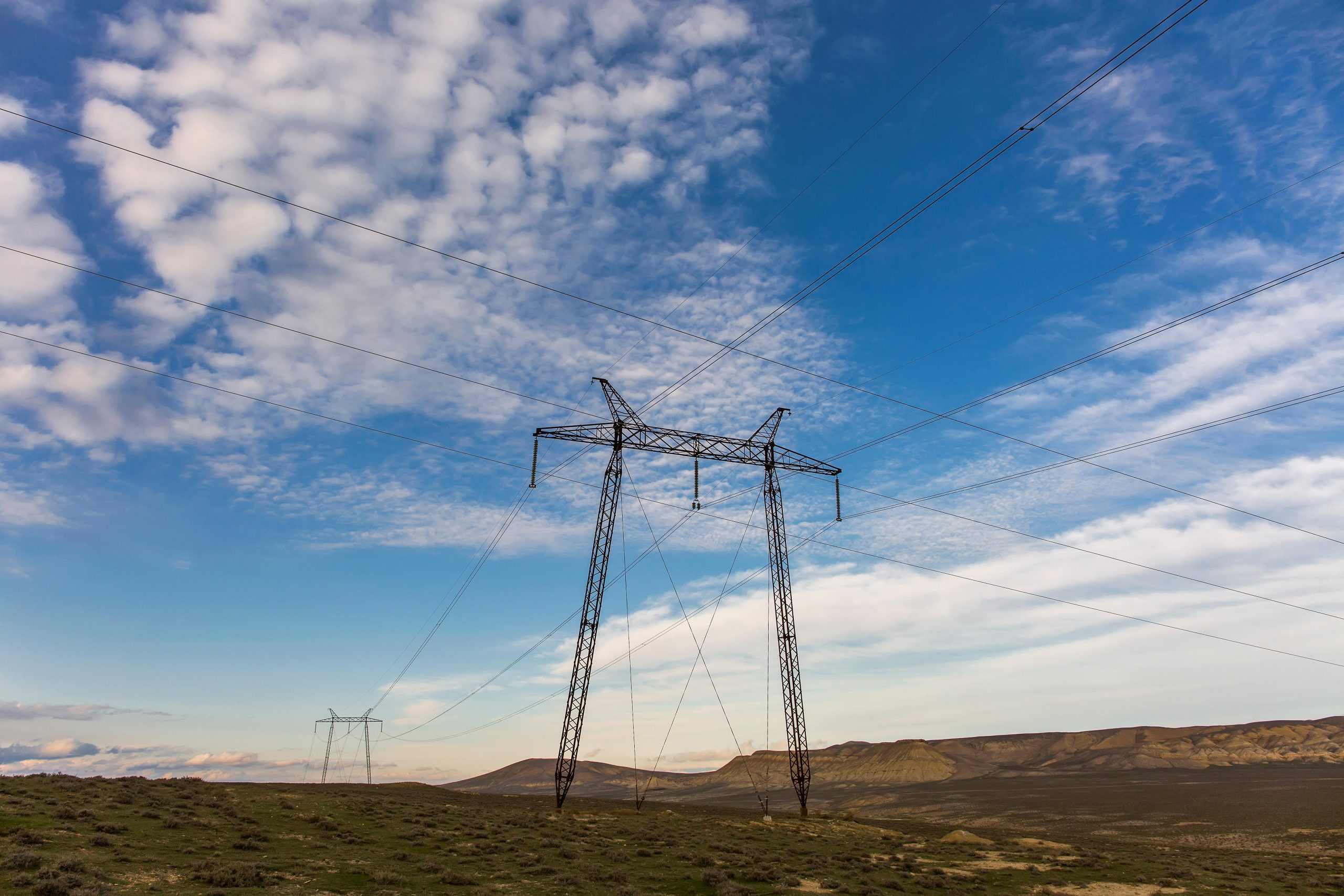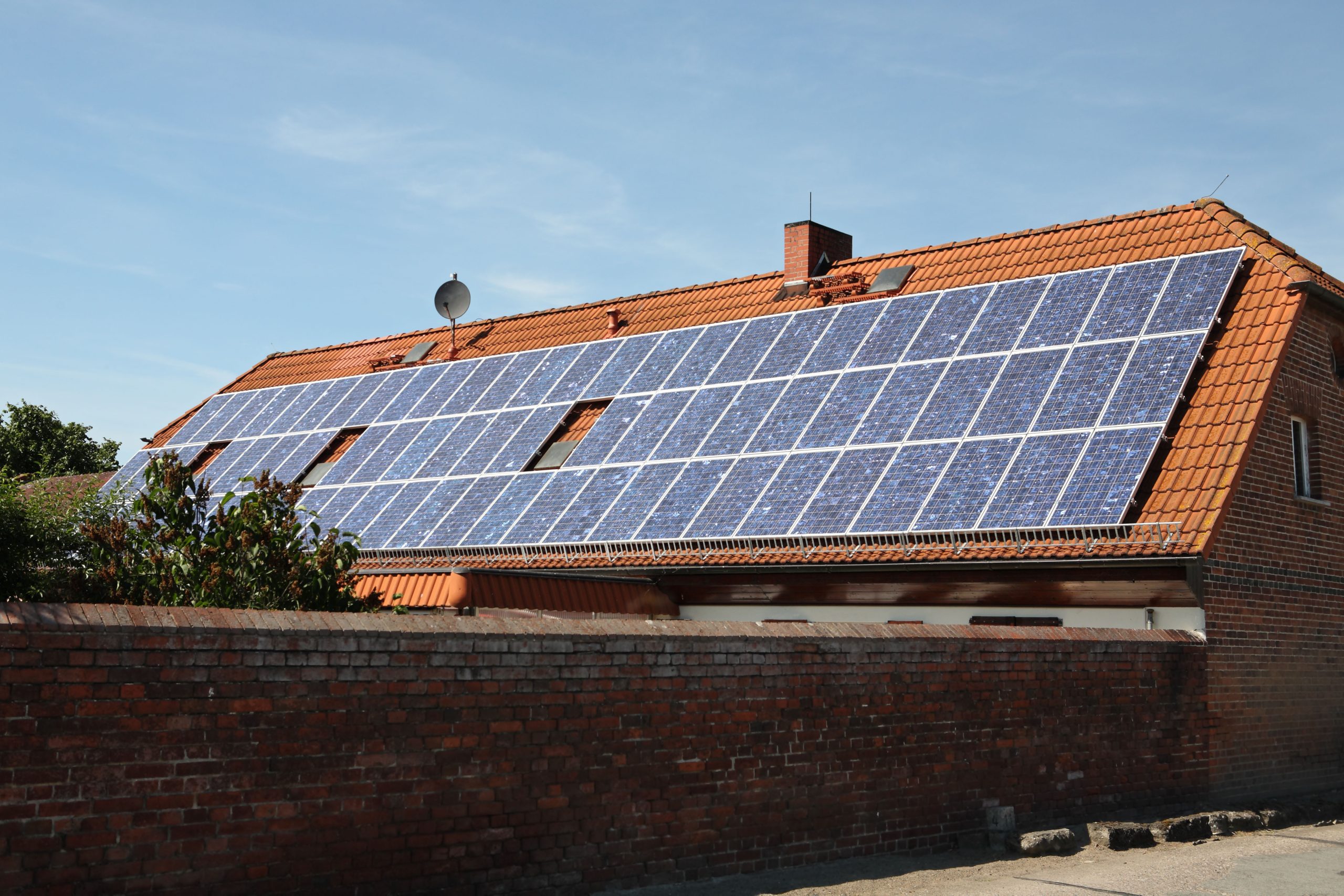Conclusion
The pendulum swings
For ASEAN to raise the bar on energy transition, global cooperation and strategic investment are key.
A shift in ASEAN’s energy strategy is expected, although progress is likely to be gradual. Current measures need to be accelerated to ensure a successful transition, which calls for timely preparation, supportive regulations, fostering knowledge sharing through regional networks and building capacity across sectors. Policies promoting renewable energy and energy efficiency are crucial for balancing energy security, affordability and environmental sustainability.
Southeast Asia’s growth in renewable energy capacity is often hindered by grid infrastructure that struggles to manage the intermittency of renewable generation and the remote locations of new projects, which are often far from major load centres. Viet Nam exemplifies this challenge. Despite its solar boom between 2017 and 2020, the addition of over 16 GW of solar capacity overwhelmed the grid, forcing the national utility, EVN, to curtail solar generation to maintain system reliability.
However, this presents an opportunity for ASEAN nations to invest in modernising their grid infrastructure and introduce flexibility measures. By adopting innovative technologies to enhance flexibility and interconnections, countries like Indonesia, Malaysia, Singapore and the Philippines can overcome these challenges. The widespread distribution of renewable energy resources across islands and remote areas in these archipelagic countries can be effectively managed with strategic investments and collaborative efforts, ultimately leading to a more integrated and efficient energy system that supports the region’s renewable energy goals.
Related Content




